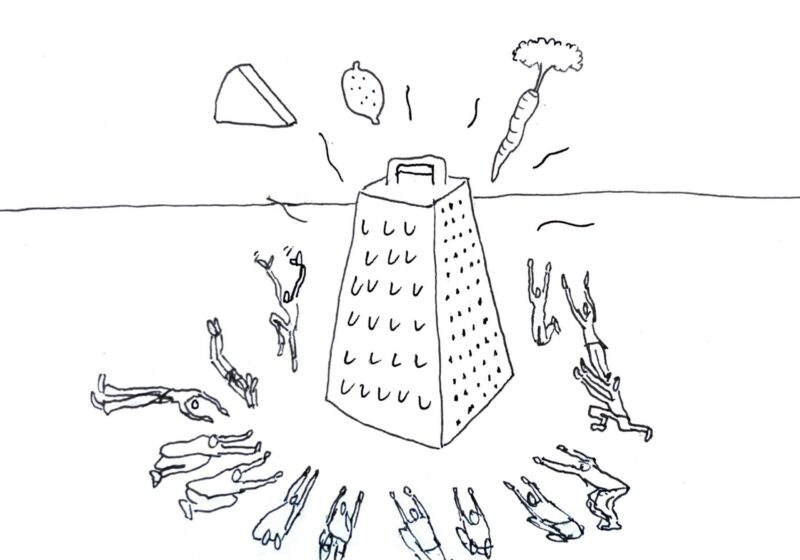The U.S. economy has begun to recover gradually from the recession of 2001, Charles Plosser, dean of the William E. Simon Graduate School of Business Administration, said. Plosser, who has presented his annual forecasts on economic health for over two decades, spoke on Dec. 11 at the 24th Annual Economic Outlook. The Outlook was sponsored jointly by the Simon School, the Greater Rochester Metro Chamber of Commerce and JP Morgan Chase.
“I was more upbeat than some columnists have been,” Plosser said in a recent interview. “I think the audience enjoyed hearing someone be more positive. They’re hoping I’m right.”
Plosser said that the economic recovery will include an acceleration of real Gross Domestic Product growth — GDP growth that accounts for inflation and therefore looks at actual consumer habits. The recovery will also include a decline in the unemployment rate, a gradual increase in interest rates and an increase in consumer spending. Inflation is likely to remain stable.
“We are recovering from recession, but not as rapidly as we’d like,” Plosser said.
“Uncertainty by businesses about the economy and the possibility of war are restraining growth rates,” he said.
Further revelations of corporate scandal and increased government spending through new endeavors such as the Transportation Safety Authority and the Department of Homeland Security were among national issues that led to negativity among 2002 forecasters, Plosser said in his economic forecast.
Internationally, ongoing terrorist attacks and troubled foreign economies also led to forecaster pessimism. In reality, the U.S. economy grew at a 3.4 percent rate during the first three quarters of 2002 — more than forecasters expected.
“It’s not really as bad as it’s often made out to be,” Plosser said, citing the press as a venue through which many people absorb negative views of the economy.
Despite his positivity, Plosser did note that the economic recovery continuing through 2003 will not occur rapidly. Business investment is shaky because of the mindset behind the current U.S. tax code. The method of imposing temporary tax breaks — incentives that stimulate demand and disappear once the economy gains strength — are ineffectual.
“On-again, off-again tax policy often induces more volatility into business investment, not less,” Plosser said in his forecast. “Even today, businesses are anticipating that Congress will pass some sort of stimulus package early next year and so are, quite rightly, attempting to withhold any investment in the latter part of 2002 until 2003 when the tax treatment is likely to be more favorable — thus dampening the economy in the current quarter.”
Plosser also suggested that the simplification and reformation of the U.S. tax code would contribute to promoting long-term economic growth and efficiency, a goal that a temporary tax policy has not been able to fulfill in years past. “The U.S. tax code is nothing short of an abomination,” Plosser said in his forecast.
“It is full of unnecessary complexity, it discourages savings and investment and distorts both individual and corporate behavior in dysfunctional ways,” he continued.
President Bush has recently put forward a new tax plan, but Plosser is dissatisfied by the changes. “The Bush tax proposals don’t go far enough to reform and simplify the tax code, but are a step in the right direction,” Plosser said.
In his forecast, Plosser suggested that immediate and more permanent tax cuts be made. He also suggested that tax reduction decisions be done in favor of business investment if the complete elimination of a corporate income tax is not feasible.
“These initiatives would go a long way toward promoting a more efficient tax code that would, in turn, promote long-term growth,” Plosser said.
Although the level of business investment is down, consumer spending has increased, rising to what Plosser called “a robust 4.1 percent” in the third quarter of 2002.
Plosser pointed out that the consumer has often been seen as the bright spot in this recession, and noted that the unemployment rate, while high at six percent, is progressing in a much more positive direction than it has in years past. six percent is tied with the highest unemployment rate the U.S. has seen in the past eight years, but the last time it reached that level was three and a half years into the 1991 recession. Today, we are only one year into the recovery.
“It will probably go down as the mildest recession in the post-war era,” Plosser said in his forecast.
“The job market will continue to improve gradually,” Plosser said, noting that upperclassmen do not have too much to fear. “There is room for optimism here.”
Weiss can be reached at jweiss@campustimes.org.



